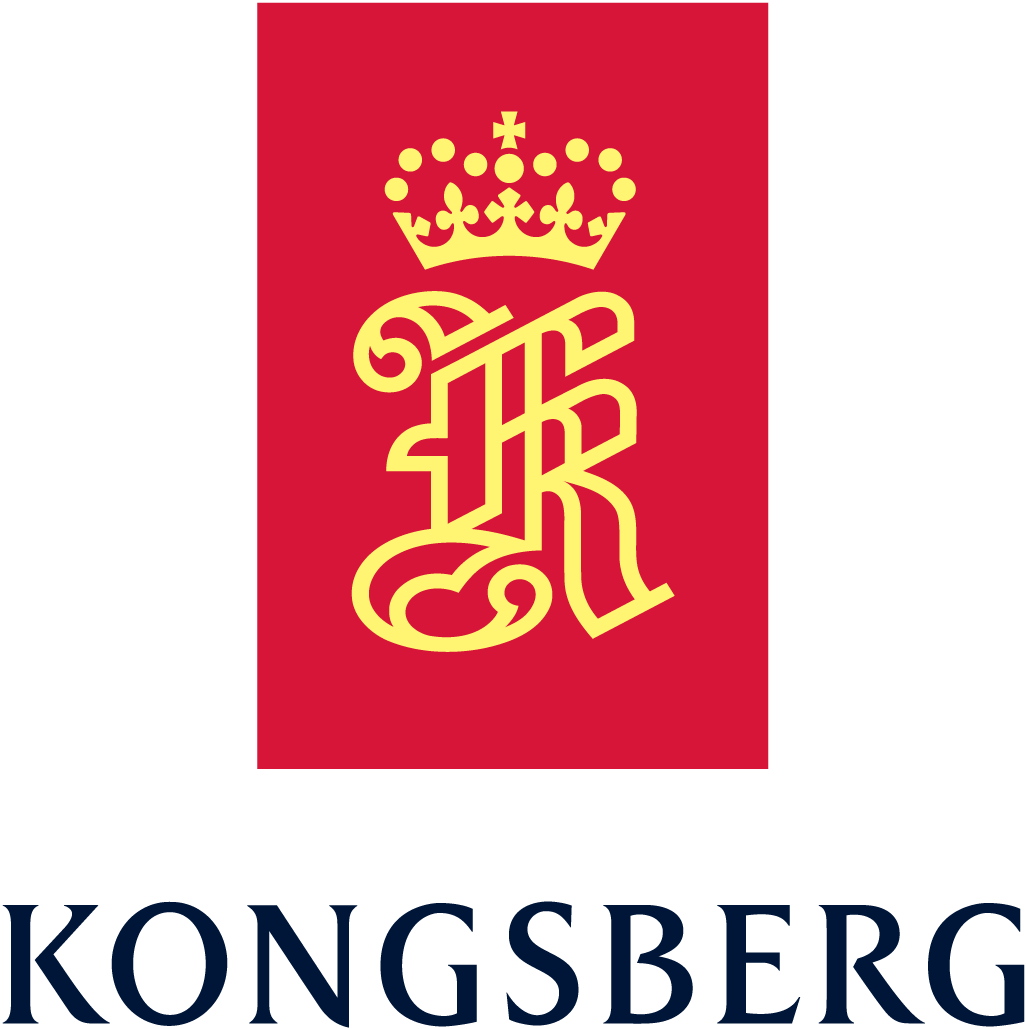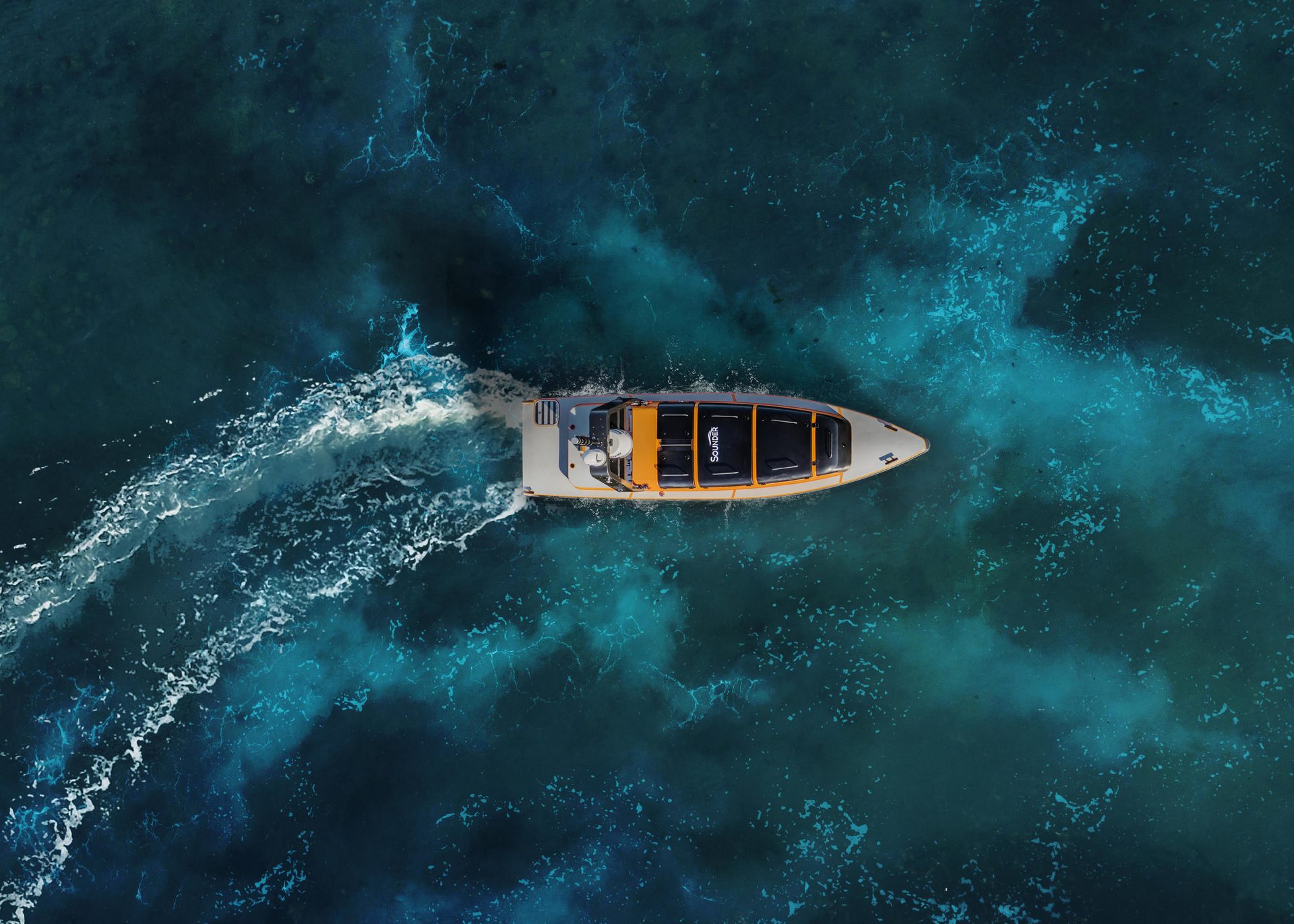

HUGIN is the world's best deep diver, gathering information from the ocean depths. Few people are aware of the important work these autonomous underwater vehicles do for you, me and our planet.
Taking A Deep Dive to Find Important Answers
Journalist: Anne Wennberg
Photo: Christine Fagerbakke / Havforskningsinstituttet | Kongsberg Gruppen | Unsplash | Shutterstock

10 m
29 psi
HUGIN does the same job as its namesake from Norse mythology. They see everything, hear everything, and report back on what they've found. But unlike the ravens flying over Åsgard and Midgard to gather information for Odin, these modern information gatherers move deep in the ocean.

The pressure corresponds to two atmospheres. An increase in pressure during a dive close to the surface will give a greater relative volume reduction than the same increase in pressure at a greater depth. Therefore, the risk of various pressure injuries is greatest at the surface.
The HUGIN family consists of several autonomous underwater vehicles. They descend to various depths and are equipped with different sensors that collect data. This knowledge is then used to analyse and map out the task HUGIN is set to solve, whether it's looking for shipwrecks, environmental toxins, or critical infrastructure. Today, there are about 100 of them around the world and these industrious vessels do a formidable job performing health checks on the ocean.
30 m
0 - 200 m
58 psi
14,696 - 305 psi
With air as a breathing gas, the phenomenon of nitrogen narcosis also known as deep intoxication occurs. For some, the rush of depth will already be felt here.
The sunlight zone (epipelagic zone)
The uppermost layer of a body of water that receives sunlight, so that phytoplankton can carry out photosynthesis. The photic zone is home to the majority of aquatic life due to the activity of phytoplankton. At 200 metres, all light disappears and the temperature drops dramatically.

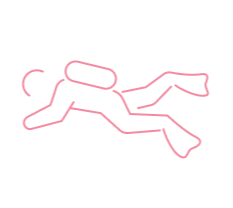

HUGIN is an Autonomous Underwater Vehicle (AUV) that maps the seabed and collects information about changes in the ocean, on the ocean surface, and the sea floor. It can also locate mines in the deep without risking human lives, as well as monitor sea cables and various installations in the North Sea. HUGIN contributes to nature management and supply security, which are very important to all of us, even if we don’t think about it often.
– An AUV allows us to conduct studies more efficiently. For example, it helps us decide where to place offshore wind farms or aquaculture facilities without damaging important fisheries or valuable sea bottom nature. What we find can also help the fishing industry optimize their fishing and provide useful information to our various marine industries, including in the oil and gas sector, explains Research Director and Deputy at the Institute of Marine Research, Geir Lasse Taranger.
Geir Lasse Taranger
Institute of Marine Research
The Institute of Marine Research, the Norwegian Mapping Authority, and the Geological Survey of Norway have proposed mapping the entire Norwegian coast, after conducting pilot projects for several years.
– We have recently used AUVs to find lost fishing equipment, with projects such as Frisk Oslofjord. Tens of thousands of fishing gear items are lying along our coast, fishing to no avail. The equipment then also becomes plastic waste in the sea, says Taranger.
Big and Important Tasks
Huge Amounts of Plastic and Debris


The Institute of Marine Research is one of the civil actors greatly benefitting from AUVs:
Max depth with diving suit. The diving suit Newtsuit is made of aluminum and is certified to 300 metres. Oil-filled joints enable the diver to move freely in the water.
The twilight zone (mesopelagic zone)
Only small amounts of filtered lights are received here. Therefore, you will not find organisms that depend on photosynthesis. About 90% of the world’s fish live here – by weight. (Around 10 trillion tonnes of fish)

300 m
200 - 1000 m
451 psi
451 - 1468 psi


Underwater Volcanic Landscapes and Luminecent Creatures
Until now, the Institute of Marine Research has used AUVs that "only" go down to 1,500 meters deep, the MUNIN model. But they are now considering acquiring a HUGIN model that goes down to 6,000 meters.
It's hard to imagine what it looks like at such depths. The darkness is almost total and hides a dangerous underwater volcanic landscape with seafloor chimneys spewing out 320-degree hot water when seawater meets magma two kilometres below the seabed.
The animals living in these extreme conditions also have extreme properties. Some have developed the ability to produce their own light, which can be used to attract prey or mates or to scare predators. Others have developed particularly sensitive sensory organs to detect movements or electrical signals in the dark water. Despite the harsh environment, the deep sea is full of life that surprisingly withstands the enormous pressure down here. At 6,000 meters deep, the pressure corresponds to about 600 times the pressure on the earth's surface. In other words, something as commonplace as a car or bus would be destroyed almost immediately, deformed, and crushed beyond recognition.
Specialized vessels like HUGIN, which are built to withstand such depths, must be built with extremely durable and strong materials to withstand the enormous pressure.
Bioluminescence is the production and emission of light from living organisms. The phenomenon os the result of a chemical reaction where chemical energy is converted into light energy, an intense yellow-green light. The phenomenon is particularly common in the deep sea in some organisms such as fish, squid, crustaceans and certain plankton species.
(source: Wikipedia)


The average depth of the ocean.
The animals make their own light (bioluminescence) and have extremely light-sensitive eyes to see light produced by other animals. The temperature is close to freezing.
3688 m
1000 - 4000 m
5376 psi
1468 - 5829 psi

Can Locate a Cell Phone from a 500-meter Distance
Kongsberg Discovery, which is part of Kongsberg Gruppen, is responsible for the further development of HUGIN. It can now be equipped with a wide range of high-tech sensors for a single mission. Echosounders "see" straight down, side-looking sonars cover a large area, and allow it to navigate and conduct studies in extremely rough underwater terrain. It can also have "sub-bottom profilers," which see several meters down into the seabed, and various chemical "sniffers" that can detect chemicals and measure the oxygen content in the sea.

–It can also measure the speed of the water, the temperature, and how clean or polluted it is. The images it provides are of very high quality. The sensors used for the various tasks, and for safe navigation, have been continuously developed, and are far more advanced today than they were at the beginning. Now, a HUGIN can see a cell phone on the seabed from a 500-meter distance, explains Sigurd Fjerdingen from Kongsberg Discovery.
–AUVs work independently, have excellent navigation, and provide a very accurate position. Therefore, we know precisely where the data HUGIN collects comes from. HUGIN can investigate whether what's happening on the seafloor is dangerous and help us gather a robust knowledge base before decisions are made. Sustainable management requires a data foundation, and we need enough knowledge to have an enlightened discussion. I like our Discovery name. We contribute to discoveries, to understanding ecology, marine life. HUGIN helps us make new discoveries.
«Our technology helps to solve challenges in sustainable management of the oceans, security, energy production, marine research and not least understanding more of the oceans.»
A Big Brother on the Way
In the production facility in Horten, sleek, orange AUVs line up while engineers and technicians do their work. The next addition to the Kongsberg Group's AUV family, HUGIN Endurance, will soon be in production. It will be able to examine our entire coast in a kilometre-wide strip on a single charge, over about two weeks.
It's over 30 years of development that's now reaching greater heights, or rather, greater widths and depths, with HUGIN Endurance.

HUGIN has always been a triangular collaboration between the end-user, research, and industry. The fact that these AUVs were to be used both by the Norwegian Defence for mine hunting and for mapping the seafloor, originally for oil and gas development, has always been part of the plan. The first end-users were Statoil and the Navy, he says, adding that HUGIN from the start had a very good design.
The Joy of Creating Things of Value
Development happens fast. Five years ago, the sensors had a range of 250 meters to each side. Now the "side vision" is doubled. Fjerdingen is proud of HUGIN, and the joy of creation is immense:
“In the beginning, I was very motivated to be part of developing high technology and making it user-friendly. When I went from research to industry, I got to experience the joy of contributing to value creation in society. Our technology helps solve challenges in sustainable management of the oceans, safety, energy production, marine research, and especially understanding more about the oceans.”
Sigurd Fjerdingen
Kongsberg Discovery
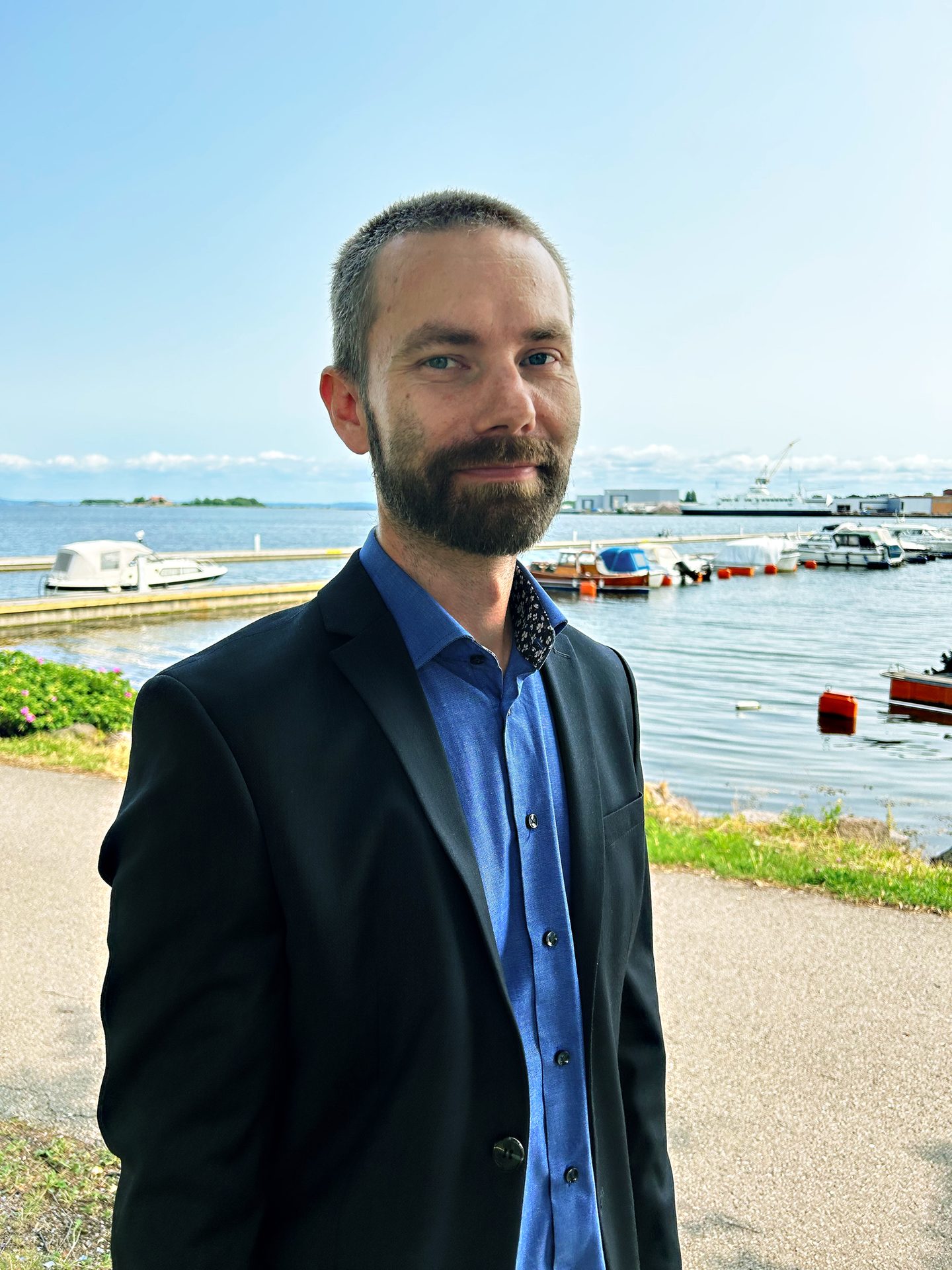

Navigation Sensors
Laser Sensors
Underwater Communications
Color Camera Sensor
Sub-Bottom Sensor
Batteries
Side-looking Sonar Sensor
Underwater Communications
Echosounder Sensor
Surface Communucations
Environmental Sensors
Magnetic Sensors
Collision Avoidance Sensors

Titanic
The animals are specially adapted to withstand a pressure that is up to 600 times as high as on the surface.
3800 m
4000 – 6000 m
5538 psi
5829 - 9736 psi


Quick facts about HUGIN

HUGIN has a 30+ year history, which began at the Defence Research Institute.

HUGIN works autonomously, meaning it is not controlled from the surface but is pre-programmed. It is also equipped to make some decisions on its own
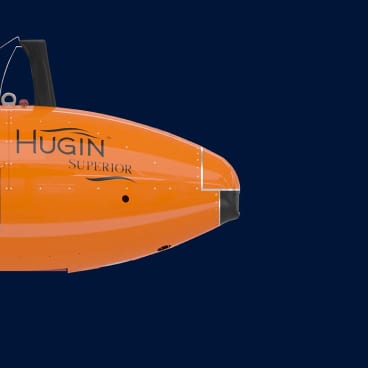
HUGIN has a top "sense of smell" and can sniff out chemicals in the sea.
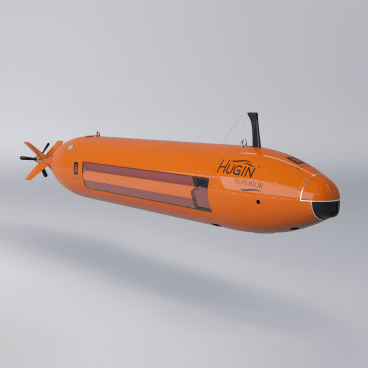
HUGIN is a digital workhorse that can perform a wide range of tasks simultaneously. Additionally, it is battery-powered and very energy-efficient.
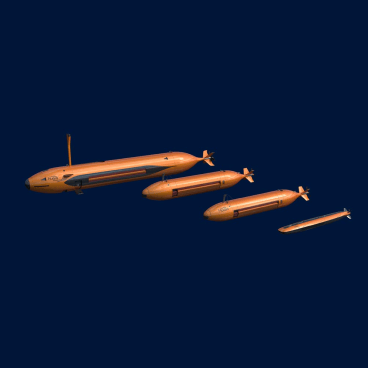
HUGIN are available in several different models. They can reach depths from 1,500 to 6,000 meters.
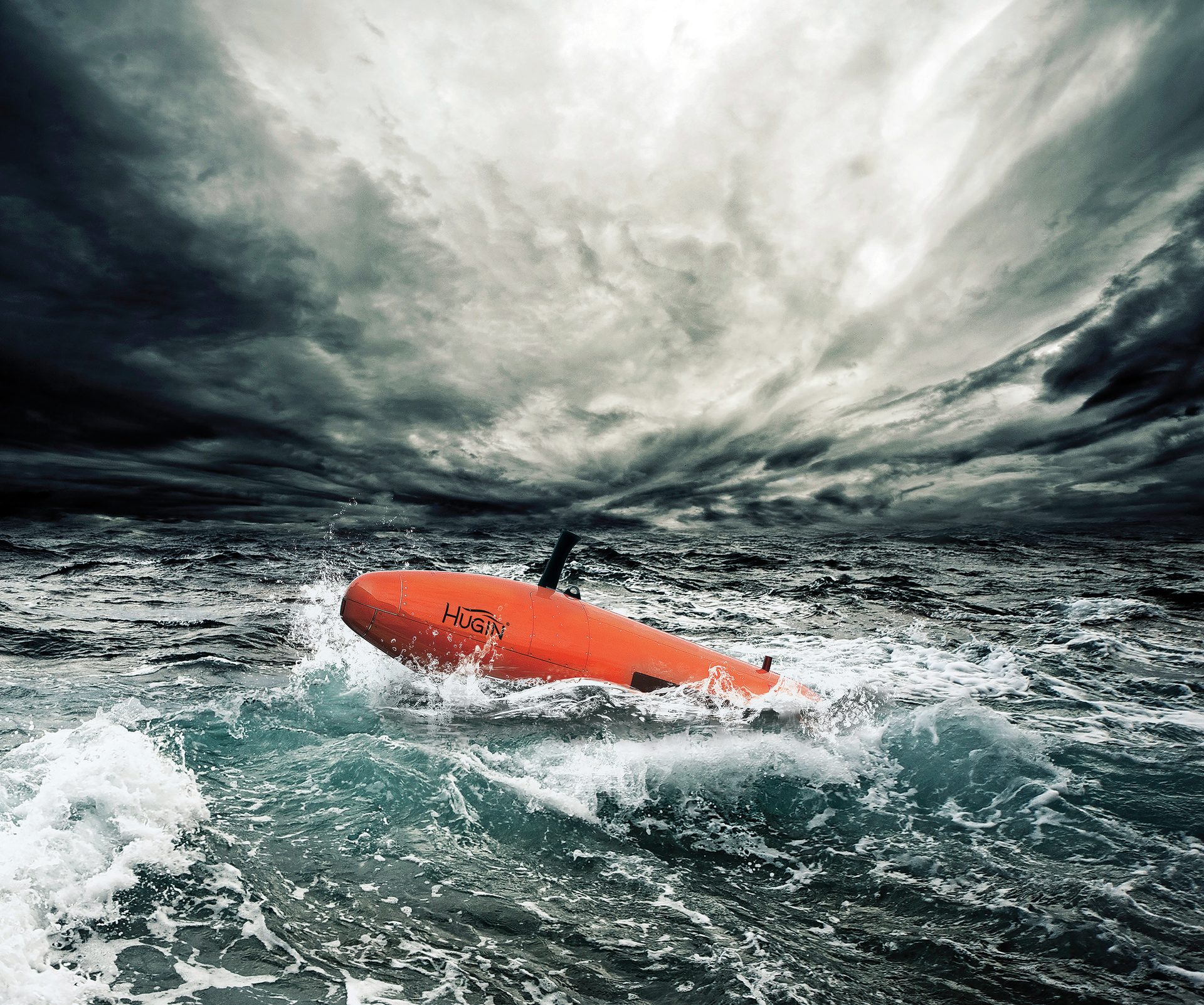
HUGIN is not a racer; it's meant to do important work and save energy at the same time. With a speed of between three and four knots, it works very energy efficiently.
- even our archaeology and history can be discovered by HUGIN? Finds of ships and other artifacts can give us new knowledge about events in the past.
- it's not by chance that HUGIN is orange? It is one of the few colours that is most visible at sea. If you're going to buy a kayak, think about that, even if you may think blue is a nicer colour.
- HUGIN has never been a purely military product? Right from the start, it was developed and produced for civilian use.
- a HUGIN weighs from 1.3 to around 2 tons, depending on the model, and the length varies between 5.5 and 6.5 meters. HUGIN Endurance will be a whole 12 meters long.
Did you know...

The hadal zone. More people have been on the moon than at this depth.
6000 m
8736 psi
The Challenger Deep is the deepest known place in the world’s oceans. The depth is located at the southern end of the Mariana Trench.
11 034 m
16054 psi

More stories from Kongsberg Gruppen
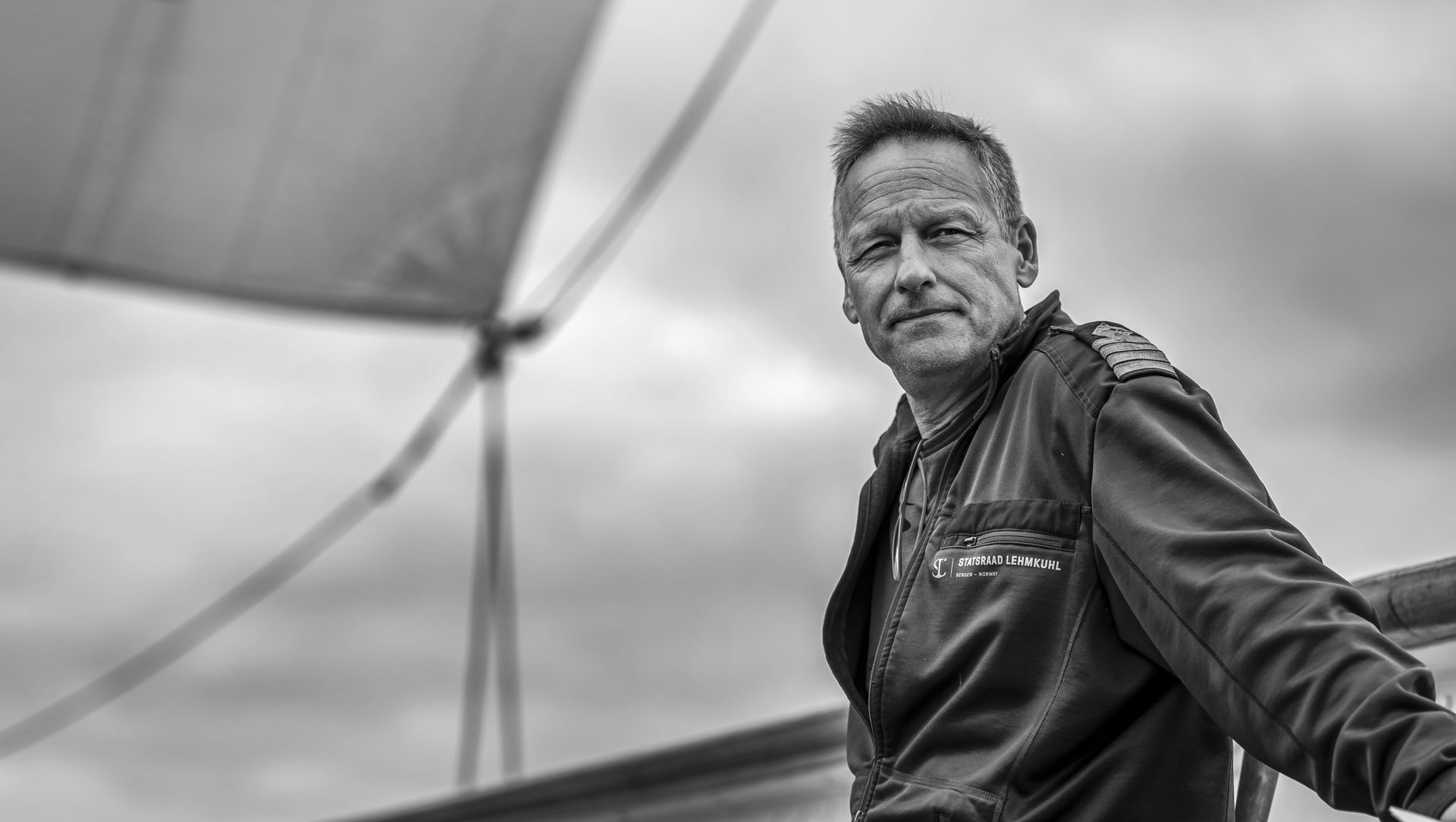



– Det gir oss muligheten til å ta pulsen på jorda
– Det gir oss muligheten til å ta pulsen på jorda
– Et industrieventyr gjennom 200 år
– Hvis du er opptatt av det nyeste innen robotikk, er dette stedet



